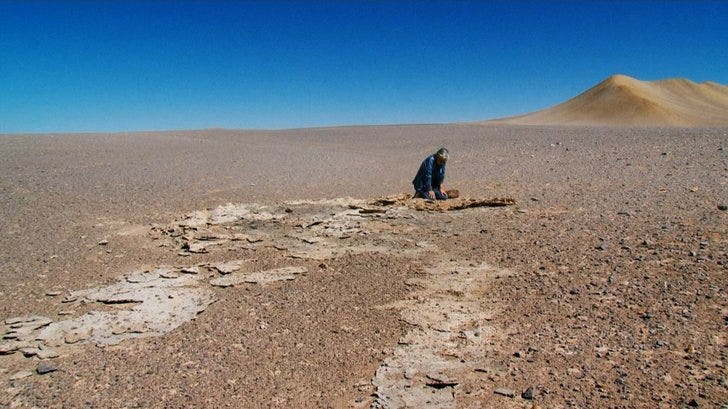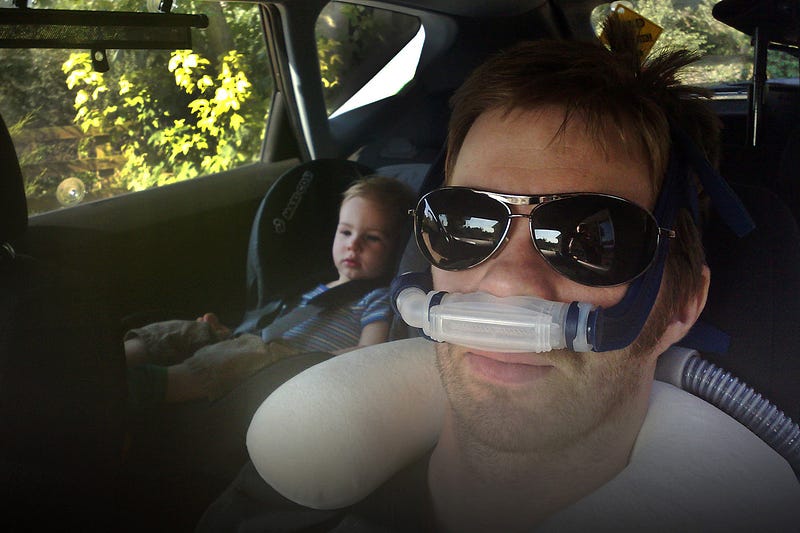
Being the great dilemma of existence, our human finitude has been a recurring theme since the beginnings of cinema. To give an image to the spiritual disappearance and to the body that served as vehicle for life experiences is always a challenge for any filmmaker. GuideDoc brings you five transcendental documentaries that successfully portray the human death and its spaces.
In case you didn't now, GuideDoc is a global curated documentary streaming platform. Watch the world's best award-winning docs from around the world. We have new movies every day.
Are you looking for related documentaries? Watch online now this documentary about death.
Nostalgia for the Light by Patricio Guzmán (2010)

Chilean filmmaker Patricio Guzmán moves to the immense Atacama Desert in southern Chile to portray the facilities and talk to the scientists at the astronomical observatory located there, one of the best in the world due to its low humidity and altitude conditions (3,000 meters height above sea level). Discovering that the stars seen by astronomers in their telescopes are just old images, since the light of those bodies takes years to reach our planet, presents an opportunity to look at the mummified past under the feet of the filmmaker. In this way, Guzmán chooses to film the terrestrial geography of the infinity and arid Atacama Desert, where there are still women looking among the sloths of the cracked desert for the remains of their husbands and sons murdered by the dictatorship of Augusto Pinochet. Nostalgia for the Light constructs a cinematic essay based on a beautiful metaphor about what we cannot touch in the present and that we can only hope for until the end of our existence.
Lightning Over Water by Win Wenders (1980)

Diagnosed with cancer in the twilight of his life, the great American filmmaker Nicholas Ray refuses to spend his last hours in a hospital room. The director of “Rebel Without a Cause” decides instead to die exercising his passion. In order to do this, he asks his friend Win Wenders to help him film a movie based on an argument he had in mind. That´s how Lightning Over Water is born, a complex cinematographic device design by Wenders to film the last days of his idol, having as the main location the loft where Ray lives in New York. In the film, Wenders shoots Ray, who acts as an ill man who plans to travel to China in search of an infallible medicine. This level of fiction, filmed in a colorful 35-millimeter format, is intermingled with the shaky images of the “Making of” captured by a member of the film crew. Above all, a third narrative level shows both protagonists (Wenders and Ray) as they discuss the details of the shooting and their conversations about life and death. Towards the end of film, we become witnesses of the death of one of the greatest filmmakers ever remembered in the history of cinema.
The act of seeing with one’s own eyes by Stan Brakhage (1971)

Stan Brakhage, the icon of experimental American cinema, films the corpses stored in a morgue, in what will become the most macabre chapter of his trilogy of the institutions of Pittsburg. In The act of seeing with one’s own eyes captured in 16 mm color film, the spectator witnesses the extremely graphic images of the naked dead bodies of different ages and races who were victims of death for various reasons. The silent nature of the film brings a rare sensation of reality, a kind of vacuum that establishes a strong contrast with the sordidness of the images on the screen, including the process of performing autopsies that include detachment of organs and embalming tactics. The film has been cataloged by several critics as one of the most immersive cinematographic experiences on the human condition.
I Am Breathing by Emma Davie and Morag McKinnon (2013)

In I Am Breathing Neil Platt, an English father in his early thirties, begins to write a personal blog about his reflections and life experiences before seeing his communicative skills are completely extinguished. Directors Emma Davie and Morag McKinnon use the daily entries that Neil writes on his blog “Plattitude” through a dictation software as narrative thread to portray the last weeks of the coexistence of Neil with his little son and his wife as he remains lying in a special chair with his paralyzed body. Involved in the intimacy of their country house, we as spectators become witnesses to the involution of Neil’s ability to share his thoughts through speech. The loss of his communication poses the dilemma about the essence of existence. Neil´s lungs and brain can still work, but for him, the inability to be understood is in itself a premature death, so he will have to make a decision about it. I’m Breathing is a beautiful essay on the goodness and limitations of language and a poignant portrait of a human being on the border between living and dying. Click here to watch I Am Breathing now on Guidedoc.
The act of Killing by Joshua Oppenheimer (2012)

American filmmaker Joshua Oppenheimer succeeds in making himself an confidant to the perpetrators of the 1965 anti-communist massacre in Indonesia, when thousands of opponents of the government, intellectuals and citizens of Chinese ethnicities were killed by General Suharto’s military. In The act of Killing, Anwar Congo, one of the foremost chiefs of the death squads who carried out the genocide, shows us firsthand his shameless version of what happened, including a detailed explanation of how to hunt, torture and kill the victims. Subsequent semi-theatrical reconstructions of the atrocities performed by a smiling Congo and his comrades can only occur due to the state of complete impunity that reigns in the Asian country, which was one of the reasons to start the complex and dangerous process of shooting the documentary. Anwar does not seem to show any remorse for his crimes, not even when he is confronted with the footage of himself performing a simulation of the torture procedures he used to carry out in the past. The premiere of the film made a great impact, not only for its political repercutions bot also for unveiling the humanity within an executioner and for giving image to invisible victims who wait for justice from the death.
Watch other essential documentaries on GuideDoc.